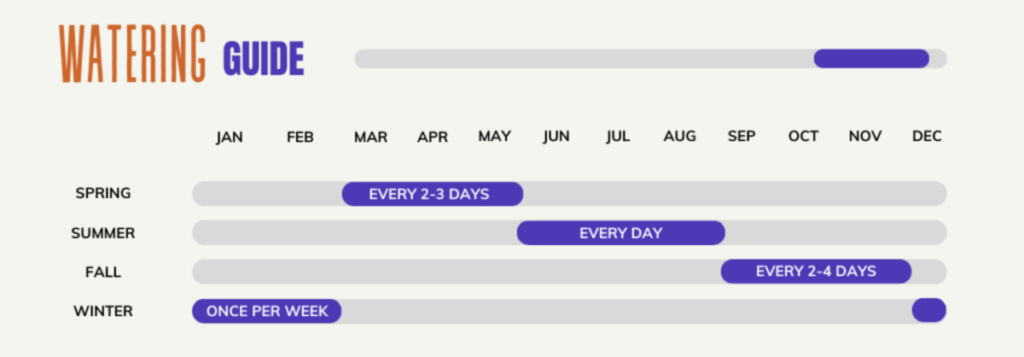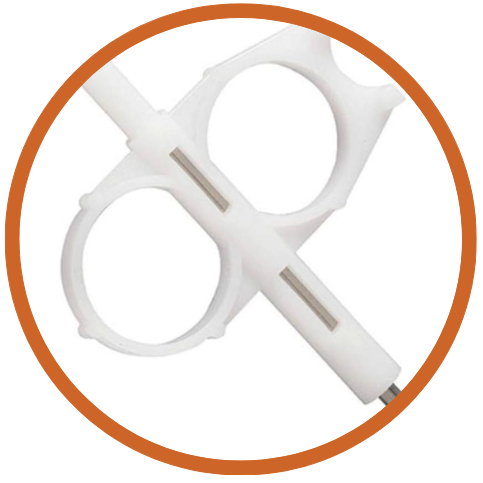Arizona’s hot and dry climate necessitates an effective irrigation system to keep landscapes flourishing. However, even the best systems need regular maintenance to remain efficient. Here’s a comprehensive guide to help you maintain, test, and fix your irrigation system in the Grand Canyon State.
Testing Your Irrigation System
- Start at the Source: Ensure your main water source is functional. This might be a tap or a dedicated water line.
- Activate Each Zone: Turn on one zone at a time. This allows you to focus on specific sections without overwhelming the system.
- Inspect for Wet Spots or Puddles: This indicates a leak or a broken sprinkler head.
- Look for Dry Spots: These might suggest blockages or misaligned sprinkler heads.
- Examine Drip Emitters: Ensure they’re dripping and not clogged.
- Check System Pressure: Too high or too low pressure can affect distribution. Use a water pressure gauge to verify.
Fixing Your Irrigation System
- Replace Broken Sprinkler Heads: Unscrew the damaged head and replace it with a new one, ensuring it’s the same model or compatible.
- Unclog Drip Emitters: Remove the emitter and soak it in a vinegar solution to dissolve mineral buildup. If still clogged, replace it.
- Adjust Misaligned Heads: Redirect any sprinkler heads that are watering pavements or missing plants.
- Fix Leaks: For a cracked pipe, cut out the damaged section and replace it with a new piece using couplers. For small leaks, rubber tape or repair kits can be effective.
- Regulate System Pressure: If the pressure is consistently too high or low, consider installing a pressure regulator or adjusting the existing one.

Watering Guide for Arizona:
- Spring (March – May): Temperatures start to rise. Water early in the morning every 2-3 days.
- Summer (June – August): The hottest months. Water early in the morning or late at night every day or every other day, depending on the plant type and age.
- Fall (September – November): As temperatures drop, reduce watering to every 2-4 days.
- Winter (December – February): It’s cooler, and many plants go dormant. Water once a week or less, but ensure they don’t completely dry out.
Essential Tools for Irrigation

Sprinkler head adjustment tool:
Helps in adjusting the direction and angle of spray.

Replacement parts:
Such as sprinkler heads, drip emitters, and couplers.

Pipe cutter:
Useful for cutting and repairing PVC or polyethylene tubing.

Teflon tape:
Assists in sealing threaded connections.

Water pressure gauge:
Measures the water pressure in your system.

Rubber repair tape:
For minor pipe leaks.
Additional Tips and Tricks
- Consider Soil Type: Clay soils retain water longer, so they might not need as frequent watering as sandy soils.
- Update Older Systems: Technology has advanced. Consider upgrading to a smart irrigation system that can auto-adjust based on weather conditions.
- Mulch Garden Beds: Mulch helps retain soil moisture, reducing the need for frequent watering.
- Regular Maintenance: Check your system monthly and do a comprehensive maintenance check at the start of each season.
Closing Thoughts
A well-maintained irrigation system not only conserves water but ensures your Arizona landscape thrives year-round. Regular checks, timely repairs, and seasonal adjustments are the keys to a lush and vibrant garden, even in the desert.


